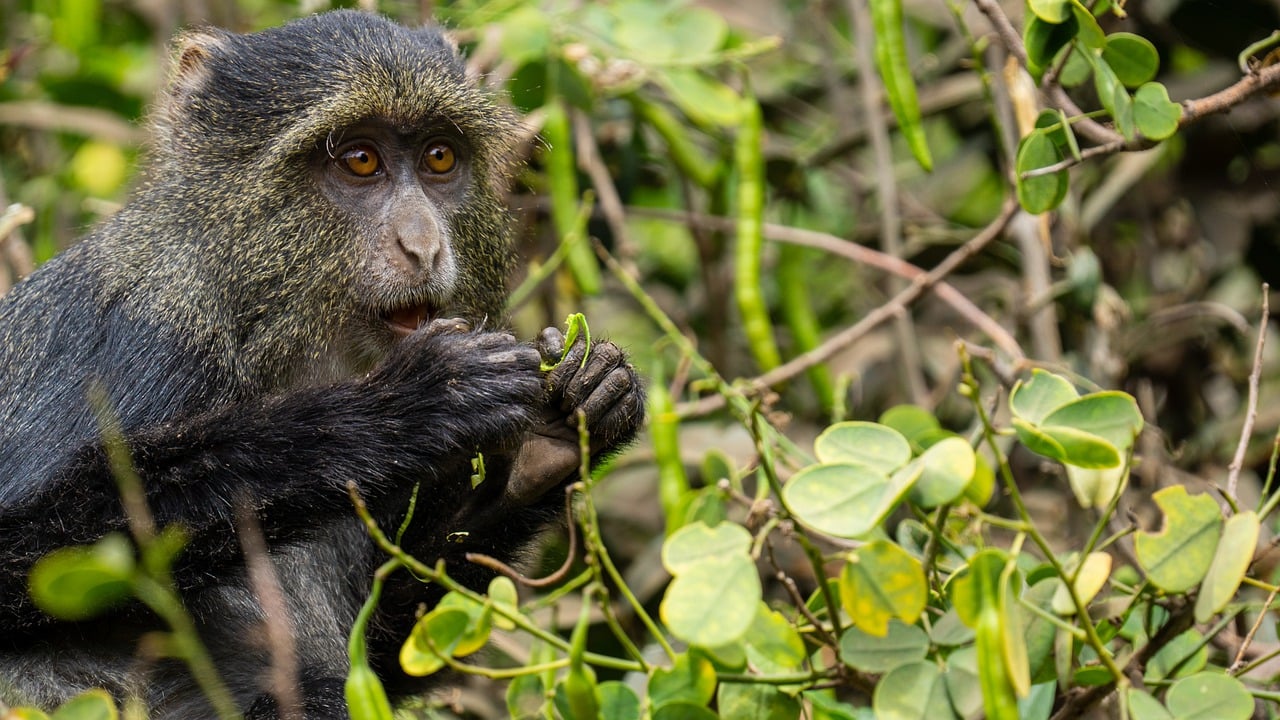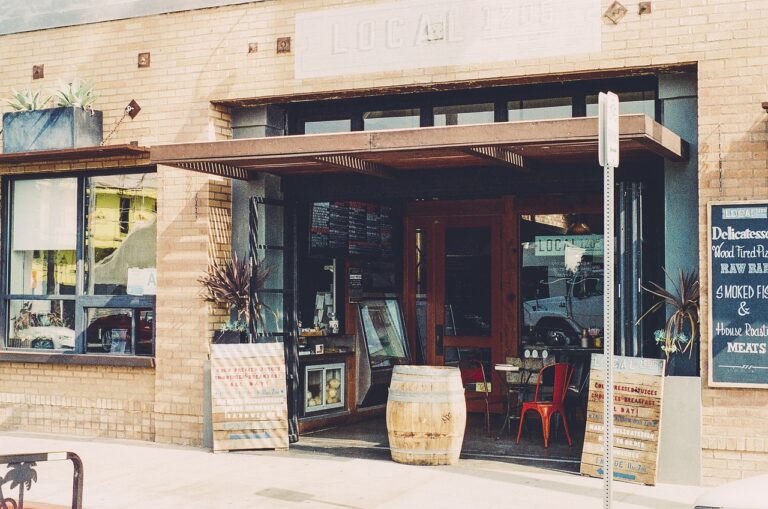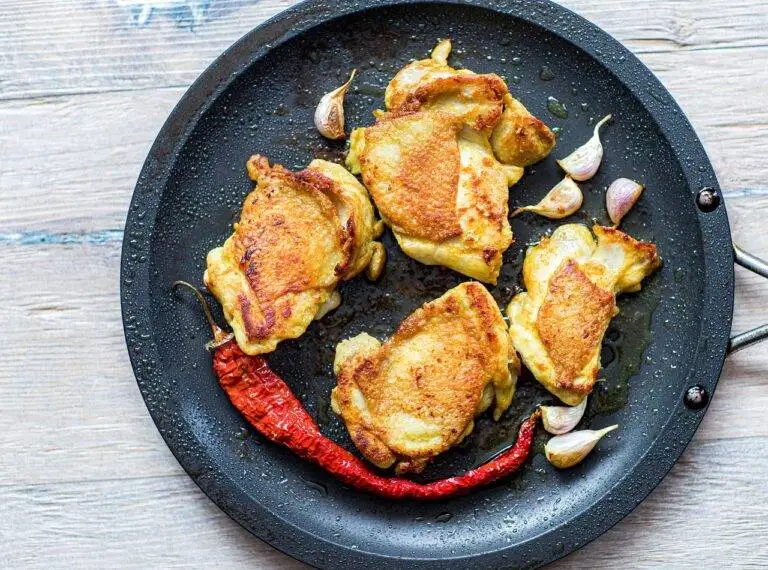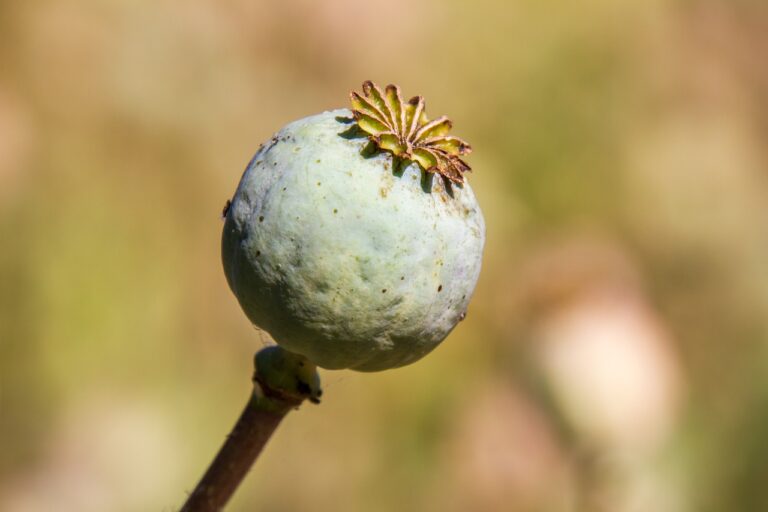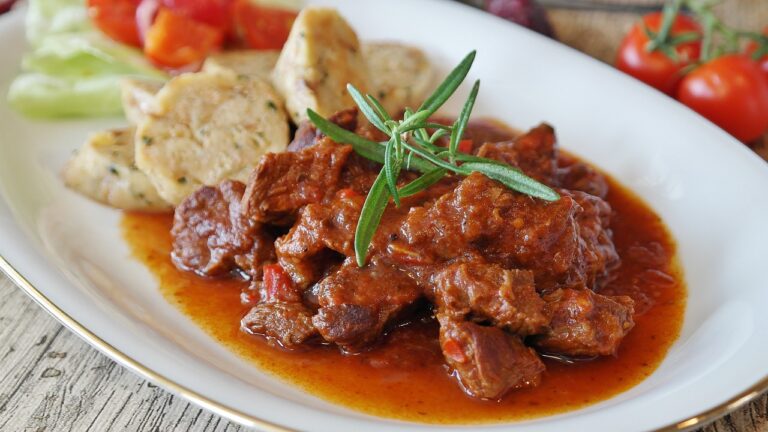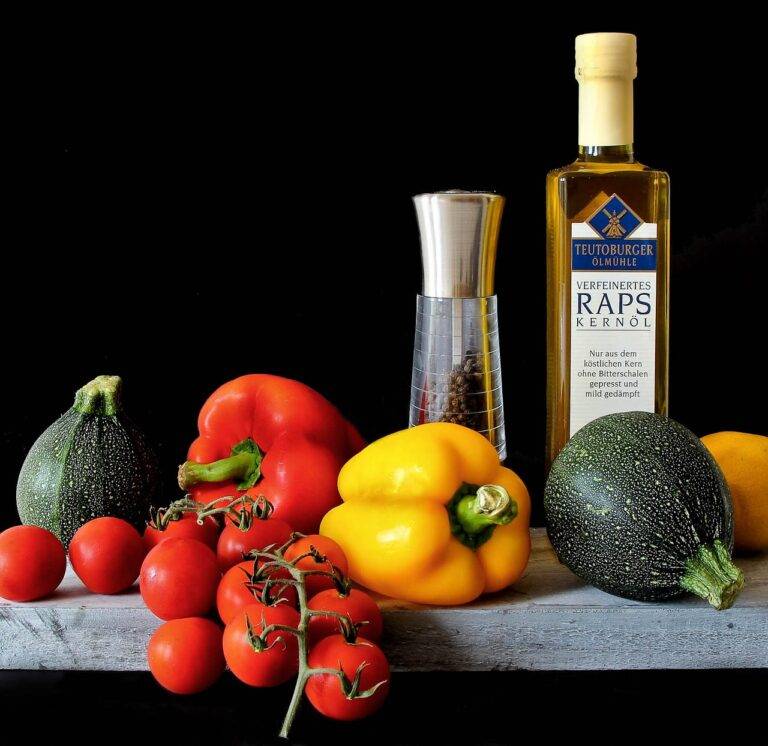The Art of Food Preservation: Ancient Techniques in a Modern World
Food preservation plays a crucial role in extending the shelf life of food and reducing food wastage. By inhibiting the growth of bacteria, molds, and yeasts, preservation methods such as canning, freezing, and drying help to maintain the quality of food for a longer period. This not only ensures that food remains safe for consumption but also allows for better utilization of resources.
Moreover, food preservation contributes to cost savings for individuals and families. By preserving food through different techniques, households can buy food in bulk when it is in season or on sale, and then store it for later use. This can lead to substantial savings on grocery bills and reduce the overall expenses associated with purchasing food throughout the year.
History of Food Preservation Techniques
The history of food preservation techniques dates back to ancient times when people discovered various methods to prolong the shelf life of perishable foods. One of the earliest known methods of food preservation is drying, where food items are dehydrated to remove moisture and inhibit the growth of bacteria and mold. This method was commonly used by ancient civilizations to preserve fruits, vegetables, and meats for long periods.
Another traditional method of food preservation is fermentation, which involves the use of beneficial bacteria to break down sugars and starches in food items. Fermented foods not only have extended shelf lives but also develop unique flavors and textures that are highly sought after. This technique has been utilized for centuries in different cultures around the world to preserve items such as vegetables, dairy products, and beverages like beer and wine.
Traditional Methods of Food Preservation
Sun-drying is a simple yet effective method of food preservation that has been used for centuries. By exposing food to the sun’s heat and light, moisture is removed, inhibiting the growth of bacteria and mold. Fruits, vegetables, herbs, and meats can all be preserved through sun-drying, resulting in concentrated flavors and extended shelf life.
Fermentation is another traditional method of preserving food that involves the natural breakdown of sugars by bacteria and yeast. This process creates lactic acid or alcohol, which acts as a natural preservative. Foods like sauerkraut, kimchi, yogurt, and sourdough bread are all examples of fermented foods that have been enjoyed for their unique flavors and extended storage capabilities.
• Sun-drying is a simple yet effective method of food preservation
• By exposing food to the sun’s heat and light, moisture is removed
• Inhibiting the growth of bacteria and mold
• Fruits, vegetables, herbs, and meats can all be preserved through sun-drying
• Fermentation is another traditional method of preserving food
• Involves natural breakdown of sugars by bacteria and yeast
• Creates lactic acid or alcohol as a natural preservative
• Examples include sauerkraut, kimchi, yogurt, and sourdough bread
What are the benefits of food preservation?
Food preservation helps to extend the shelf life of food, prevent food wastage, retain nutritional value, and allows for seasonal foods to be enjoyed year-round.
What is the history of food preservation techniques?
Food preservation has been practiced for centuries by various cultures around the world. Ancient methods included drying, smoking, salting, and fermenting to preserve foods for longer periods of time.
What are some traditional methods of food preservation?
Some traditional methods of food preservation include canning, pickling, fermenting, drying, smoking, and salting. These methods have been used for generations to preserve food without the use of modern technology.

